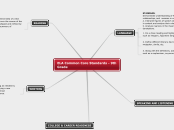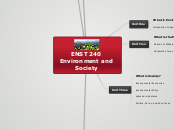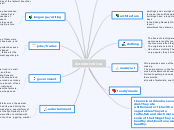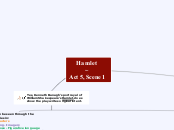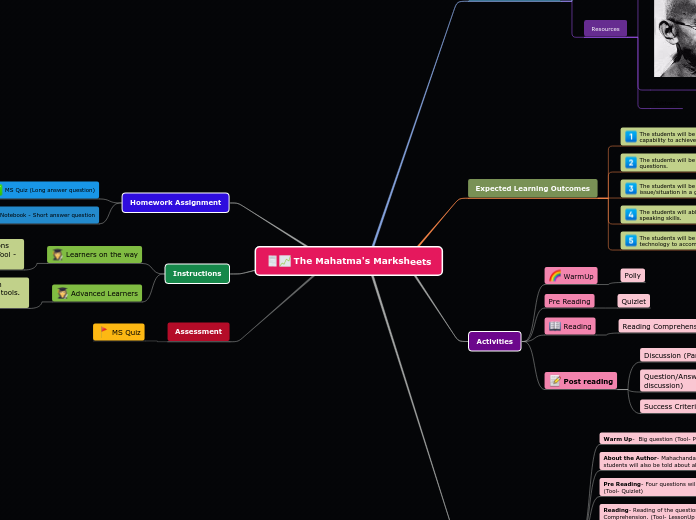по Rhoda Dizon 10 лет назад
333
ELA Common Core Standards
The 9th-grade ELA Common Core Standards focus on college and career readiness through comprehensive goals in reading, speaking and listening, writing, and language. In reading, students are expected to determine themes and analyze their development, supported by lessons, class discussions, and reflective writing.
